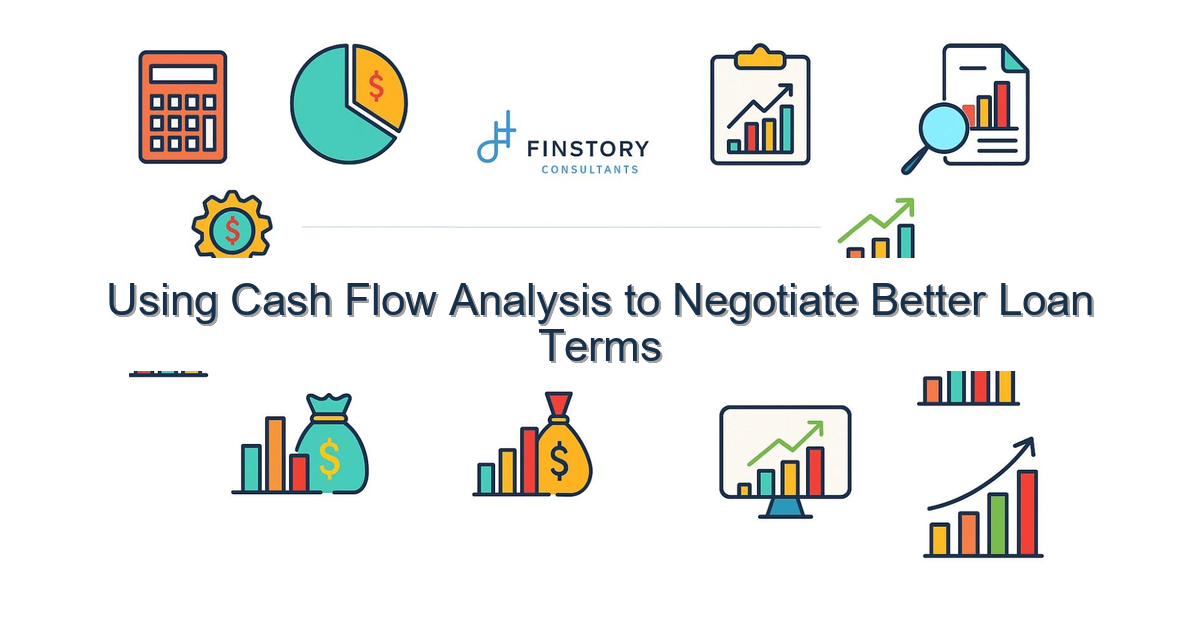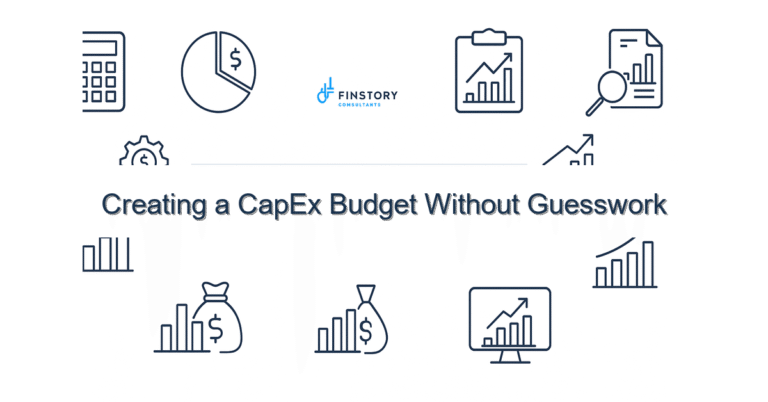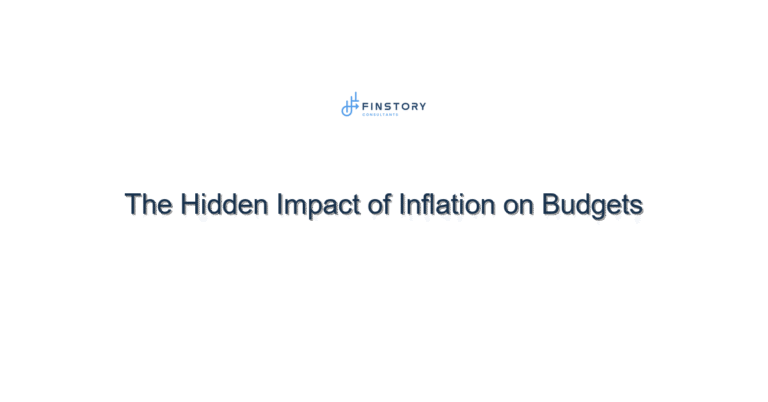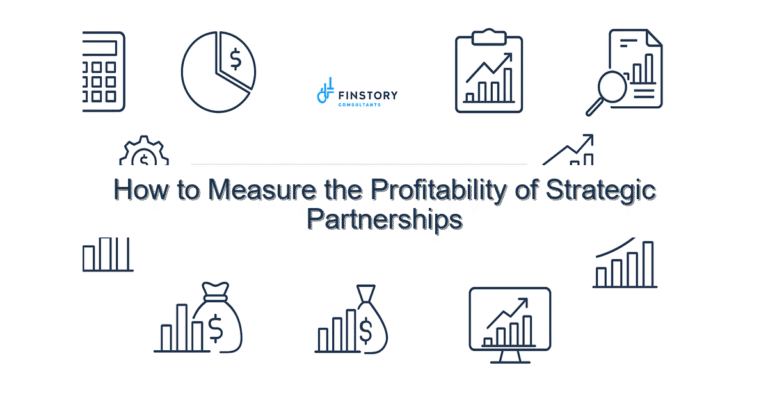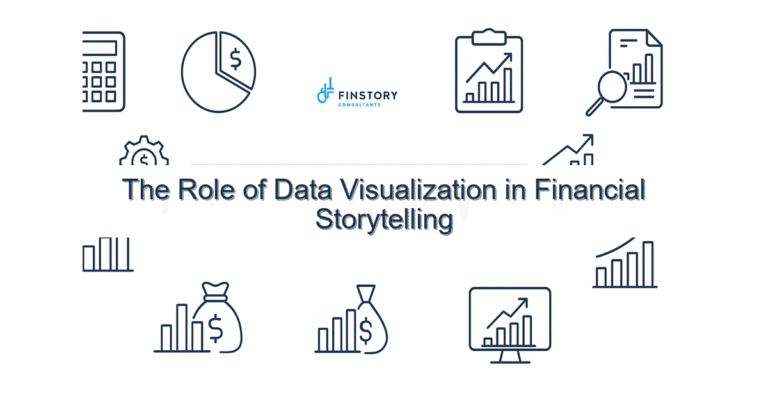Using Cash Flow Analysis to Negotiate Better Loan Terms
You’re juggling staffing, supplies, and patient care while lenders ask for forecasts and covenants. It’s exhausting—and surprisingly common—to feel underprepared when negotiating loan terms.
Summary: Use a focused cash flow analysis to show lenders a realistic, defensible view of your ability to service debt; that clarity wins lower rates, smarter covenant design, and capital breathing room—without overpromising or cutting care.
What’s the real problem?
Healthcare leaders are negotiating from two mismatched places: clinical operations that run day-to-day and financial teams that must translate those operations into numbers lenders trust. Lenders want certainty. Hospitals and clinics often have volatile revenue and seasonally lumpy collections. That gap creates poor loan terms, surprise covenants, and constraints on growth.
- Symptoms: frequent covenant waivers or technical breaches that distract leadership.
- Symptoms: loan offers that assume worst-case cash flow and push excessive reserves or restrictive reporting.
- Symptoms: long bank review cycles because forecasts aren’t aligned with the finance team’s operating reality.
- Symptoms: missed opportunities for refinancing or acquisition because debt math looks riskier than it is.
What leaders get wrong
We see three recurring mistakes. First, teams hand lenders optimistic budgets or dated static forecasts rather than dynamic cash flow models. Second, negotiations focus on headline numbers—rate and term—without linking them to the cash flow shape (timing of receipts, payables, payroll). Third, finance presents data in isolation: spreadsheets with no narrative that connects to operational levers.
Respectfully: lenders aren’t trying to be adversarial. They just need confidence. When you don’t give them a clear, repeatable model, they price for uncertainty.
A better approach
Negotiate from clarity. Build a cash-flow-first argument that ties operations to risk. Here’s a simple, practical framework:
- 1) Build a rolling 13-week cash flow that reflects actual payer timing, AR days by payer class, and weekly payroll timing.
- 2) Stress-test realistic scenarios: payer disruptions, census dips, and capex spikes—and show mitigations.
- 3) Translate scenarios into lender-focused metrics: debt service coverage, liquidity runway, and covenant headroom.
- 4) Create a short narrative and one-slide dashboard for the lender that links operations to projected cash balances.
- 5) Use the model to negotiate specific terms: lower pricing tied to covenants you can meet, seasonal covenant relief, or staged availability tied to milestone metrics.
Real-world story: a 150-bed community hospital we advised had two months of seasonal AR swing because elective procedures clustered. After building a weekly cash model and showing a lender how a temporary AR facility could smooth payroll, the hospital secured a 0.5% lower margin and removed a monthly liquidity covenant that had been constraining operations.
Quick implementation checklist
- Pull 12 months of cash receipts by payer class and map collection lags.
- Create a 13-week rolling cash template tied to GL and AP schedules.
- Identify top 5 drivers of cash volatility (e.g., payer denials, elective volumes, seasonal staffing).
- Run three scenarios: base, downside (10–20% revenue drop), and mitigated downside (cost actions + AR push).
- Calculate weekly debt service coverage ratios and minimum liquidity under each scenario.
- Prepare a one-page narrative that explains assumptions and mitigations in plain language.
- Build a single lender dashboard: runway, peak cash need, covenant headroom.
- Rehearse the ask: state the terms you want and show how your model reduces lender risk.
What success looks like
- Interest rate reduction: 25–50 basis points for many community systems (measurable vs. prior offer).
- Improved covenant headroom: modeled increase in DSCR from 1.1x to 1.3x under base case.
- Shorter negotiation cycle: reduce lender due diligence time by 30–50% with a clear cash story.
- Forecast accuracy: weekly cash forecast error reduced to under 5% within two quarters.
- Operational ROI: freed working capital that funds one quarter of payroll without new equity.
Risks & how to manage them
- Risk: Overconfidence in optimistic scenarios. Mitigation: always show downside and mitigations; lock covenants to metrics you can control (e.g., days cash on hand).
- Risk: Data gaps (incomplete AR aging by payer). Mitigation: prioritize data fixes—start with top payers and use a conservative adjustment for the rest.
- Risk: Internal buy-in failure—operations and finance aren’t aligned. Mitigation: run joint workshops, assign operational owners to cash drivers, and publish a simple weekly cash dashboard.
Tools & data
A few practical tools speed this work. Finance automation that pulls AR, AP, and payroll feeds reduces manual errors. Power BI or similar visualization tools turn scenarios into a single slide the CEO and lender can read in 60 seconds. And leadership reporting—weekly cash scorecards for the executive team—keeps everyone aligned and prepares the organization for lender questions.
Next steps
If you’ve got a loan negotiation on the horizon, start with the 13-week model and one lender dashboard. Gather receipts, run the three scenarios, and prepare the one-page narrative. If you want help fast, we can run a rapid assessment, stand up the model, and coach your lender presentation.
Work with Finstory. If you want this done right—tailored to your operations—we’ll map the process, stand up the dashboards, and train your team. Let’s talk about your goals.
📞 Ready to take the next step?
Book a 20-min call with our experts and see how we can help your team move faster.
Prefer email or phone? Write to info@finstory.net
or call +91 44-45811170.
